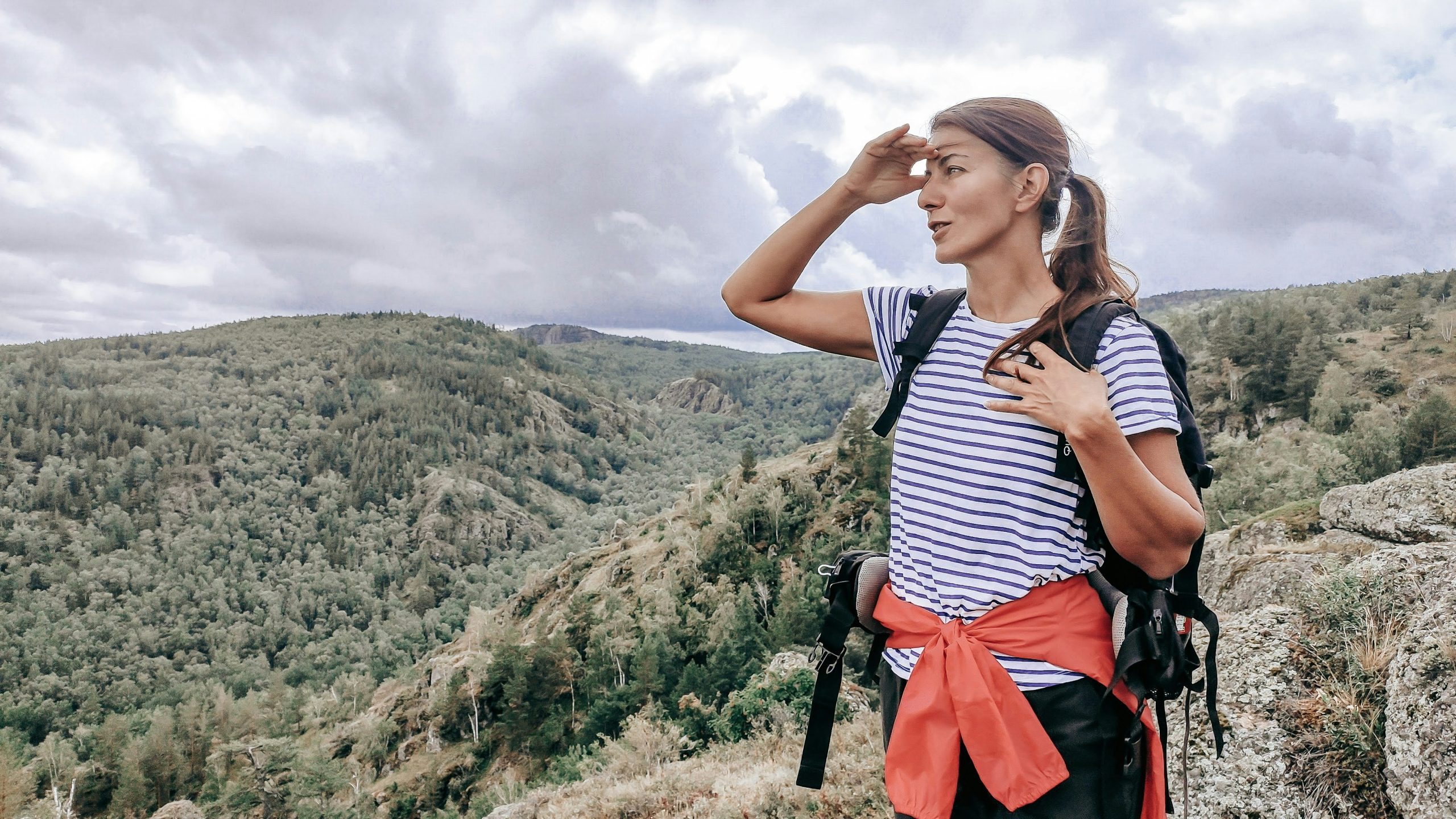Denver is consistently ranked among the most active cities in the U.S., with over 300 days of sunshine annually and access to more than 200 trailheads within a one-hour drive, according to Colorado Parks & Wildlife. Hiking near Denver offers varied terrain—from sandstone formations to alpine views—without requiring long road trips. Below are seven trails backed by visitor data, elevation stats, and trail mileage that showcase the diversity of hiking opportunities close to the city.
Towering Sandstone Trails at Garden of the Gods
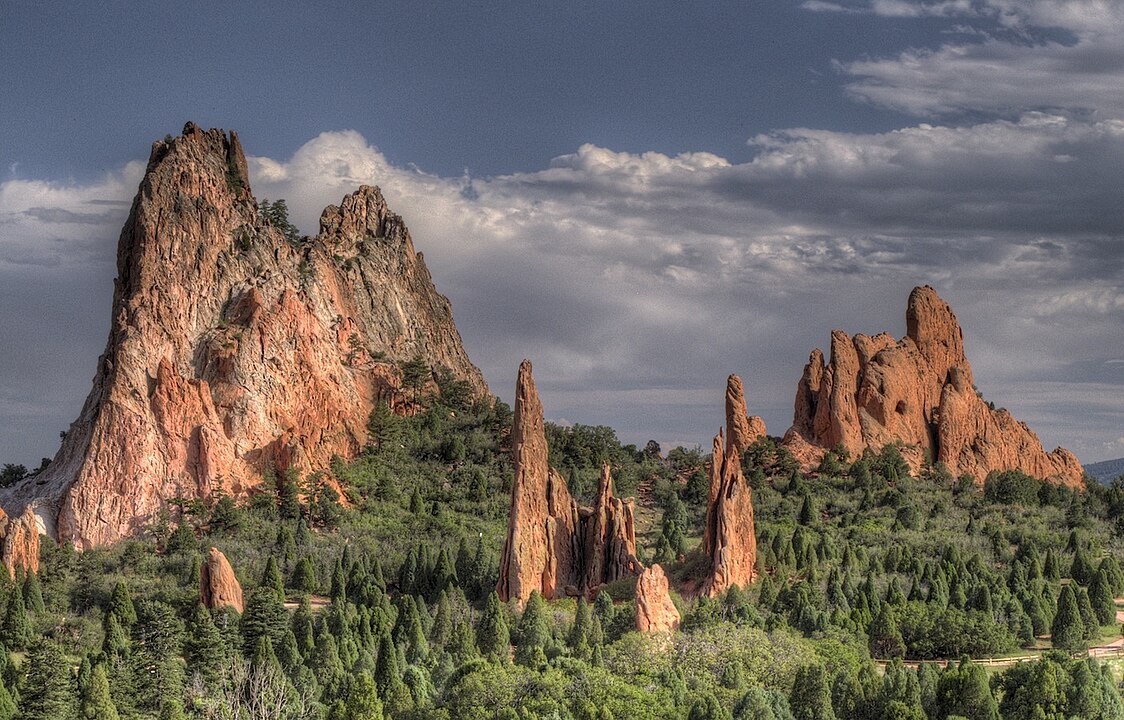
Located in Colorado Springs, just under an hour from Denver via I-25, Garden of the Gods sees over 4 million visitors each year. The park’s Perkins Central Garden Trail is a 1.5-mile loop with less than 100 feet of elevation gain, making it accessible yet scenic. Towering red sandstone rock formations up to 300 feet high contrast dramatically with the backdrop of Pikes Peak, offering both geological and photographic highlights.
A Steep Challenge at Mount Sanitas
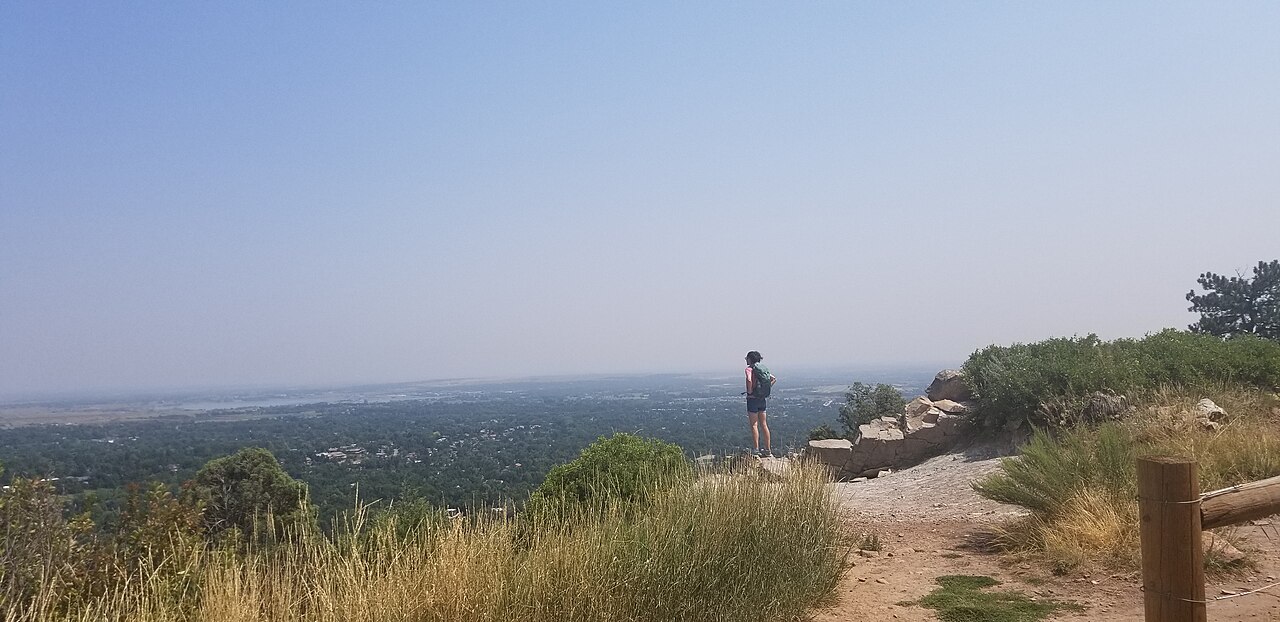
Boulder’s Mount Sanitas Trail packs elevation into a short distance, gaining 1,343 feet in just 3.2 miles roundtrip. The steep grade provides cardiovascular intensity while rewarding hikers with panoramic views of the Flatirons and Boulder Valley. According to Boulder Open Space & Mountain Parks, this is one of the most trafficked trails, with usage peaking on weekends—making early morning starts the best option for avoiding congestion.
The Iconic Boulder Landmark: Royal Arch
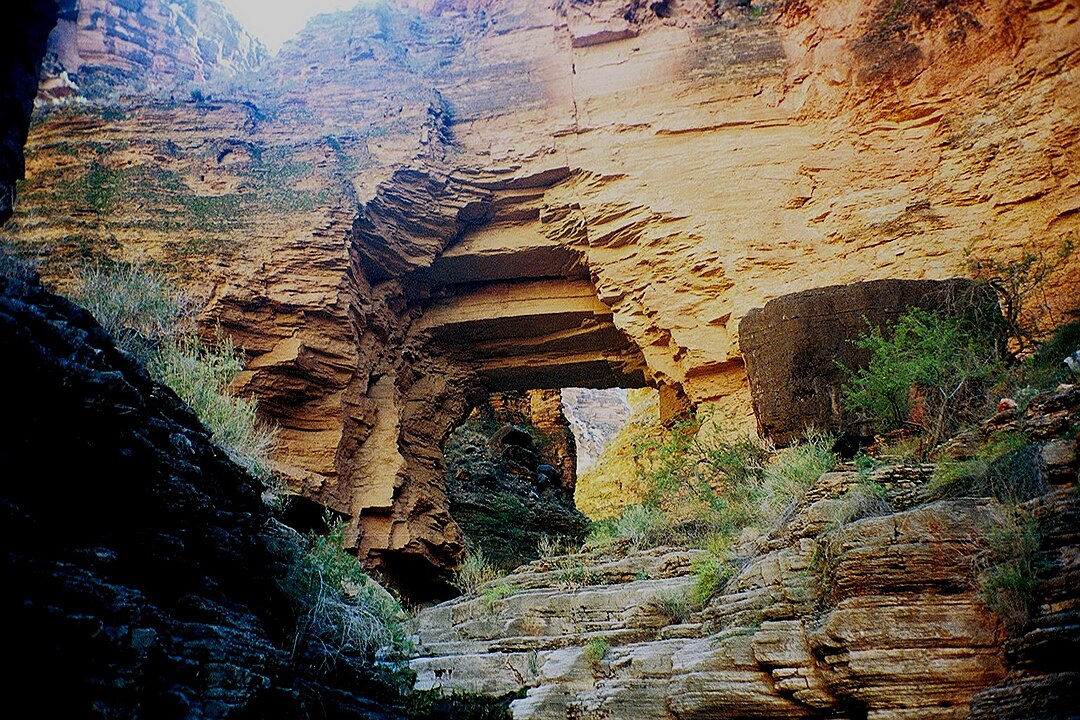
The Royal Arch Trail, also in Boulder, climbs 1,400 feet in 3.4 miles roundtrip. This hike is renowned for its natural rock arch spanning 20 feet across and perched at an elevation of 6,915 feet. City of Boulder data shows that the trail underwent major restoration in 2016 to combat erosion, making it safer and more sustainable for the heavy foot traffic it receives. The payoff includes expansive views of the Front Range and downtown Boulder.
Basalt Bluffs of North Table Mountain

North Table Mountain in Golden features 17 miles of interconnected trails atop a basalt mesa formed by lava flows nearly 60 million years ago. The North Table Loop (7.7 miles) provides moderate terrain with 1,200 feet of elevation gain. Jefferson County Open Space data shows the mesa supports over 90 species of birds, including golden eagles and prairie falcons, making it a favorite for both hikers and wildlife enthusiasts.
Creekside Paths at Lair o’ the Bear Park
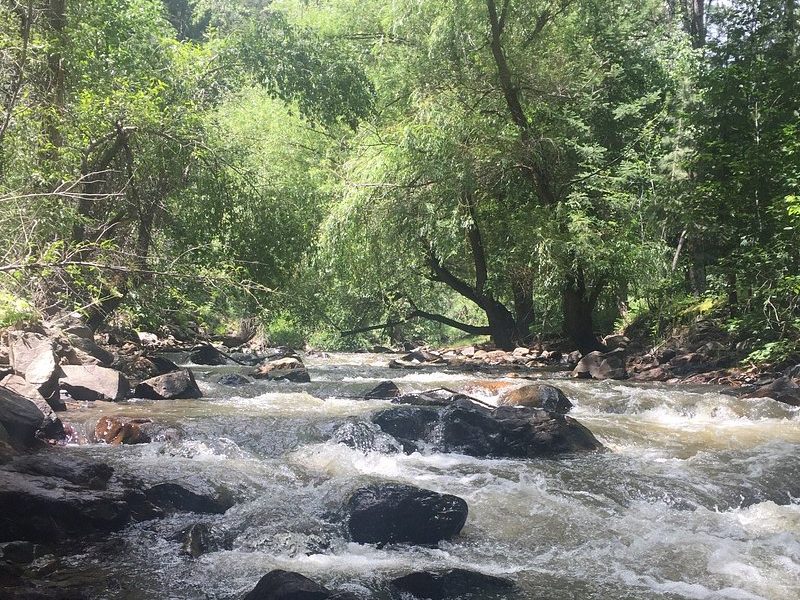
Just 30 minutes from Denver in Jefferson County, Lair o’ the Bear Park is centered around Bear Creek and offers over 12 miles of trails. The Bear Creek Trail (12.6 miles out-and-back, with 1,500 feet gain) is especially popular for family-friendly hikes and fishing. According to Colorado Parks data, the creek supports populations of rainbow and brown trout, and the riparian habitat attracts black bears and mule deer sightings in quieter seasons.
Summit Views from Chief Mountain
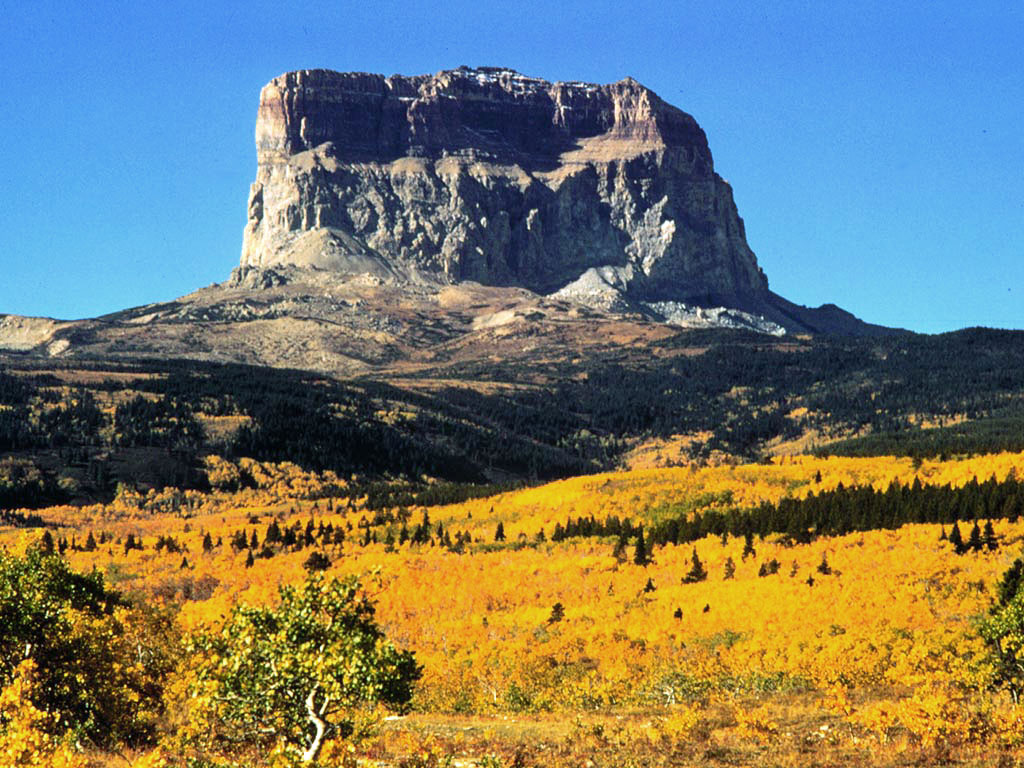
Chief Mountain, accessible from Squaw Pass Road, is one of the fastest summit hikes near Denver. At only 3 miles roundtrip with 1,000 feet of elevation gain, it provides a true alpine experience at 11,709 feet. Clear days afford views of more than 200 named peaks across the Continental Divide. U.S. Forest Service trail data confirms this route remains snow-free later in the season than higher peaks, making it a prime shoulder-season hike.
Fire Lookout Panoramas at Devil’s Head

The Devil’s Head Lookout Trail in Pike National Forest is 2.8 miles roundtrip with 940 feet of elevation gain. The historic fire lookout tower, still staffed by the U.S. Forest Service, requires climbing 143 stairs but rewards hikers with 360-degree views spanning over 100 miles on clear days. It is the last active fire lookout on Colorado’s Front Range and is listed on the National Register of Historic Places, making it both scenic and historically significant.

